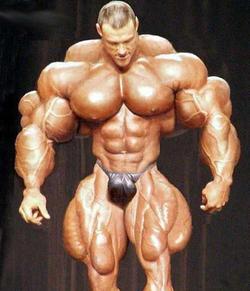You drive yourself forward in skiing with the muscles in your upper legs. Running stresses primarily the muscles in your lower legs. It does not strengthen the muscles in the upper legs enough to allow the average person to ski for any length of time. Running stresses your upper leg muscles only when you use them to lift you up when you run hard up hills. Since you ski by bouncing up and down on your knees and shushing forward from your hips, the best sports to prepare for skiing are those that stress primarily your thigh and upper leg muscles. You can use the popular indoor exercise machines that mimic cross-country skiing motions, or ski on dry roads with roller-skis. In-line skating or cycling are good choices for outdoor preparation, particularly if you climb lots of hills. Add a weight training program to strengthen your upper body and arms as well as your legs, and you’ll be ready for the snow.
Get fitness tips every week in my free newsletter






 04:47
04:47
 kaniamazdar
kaniamazdar











